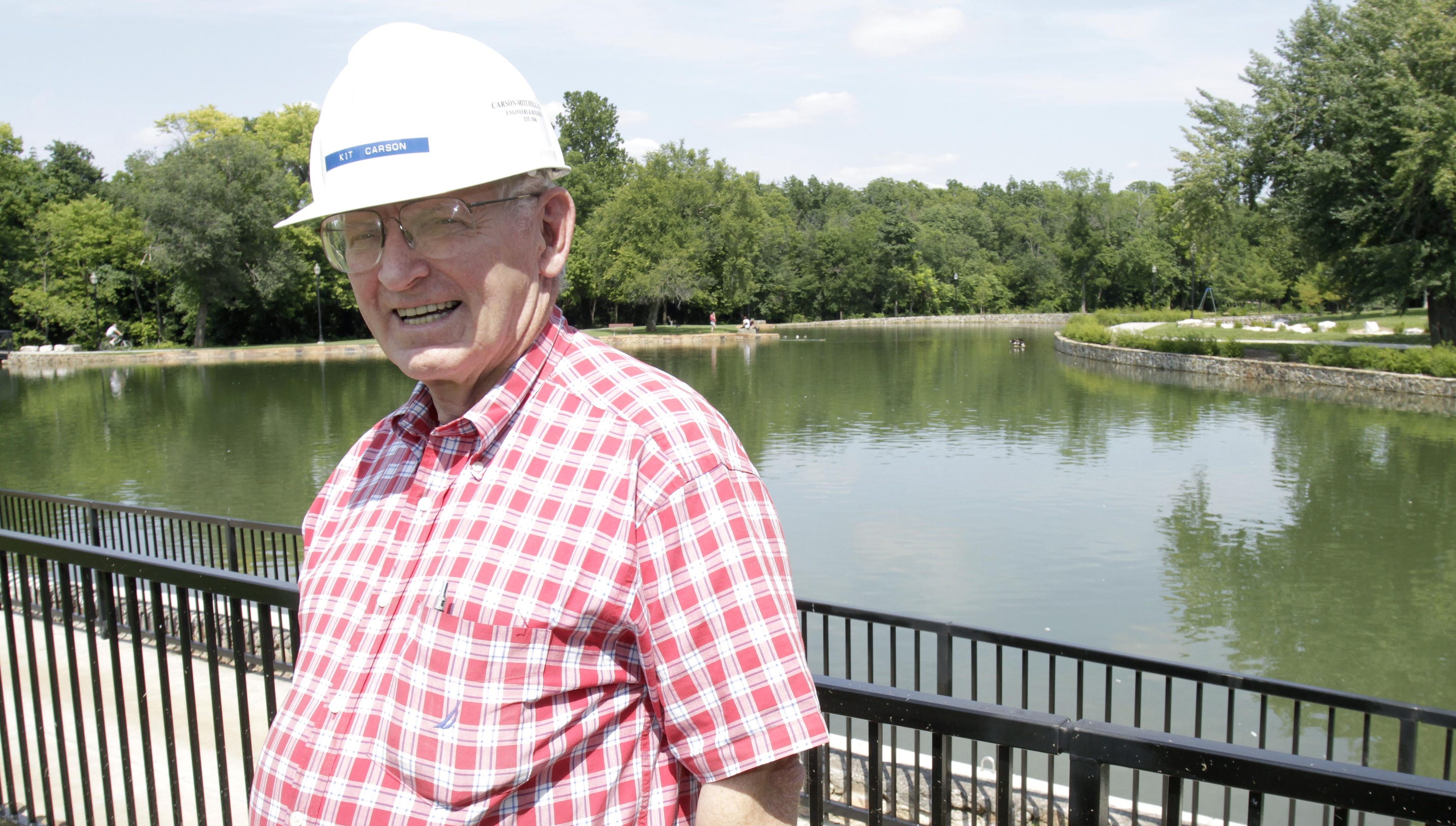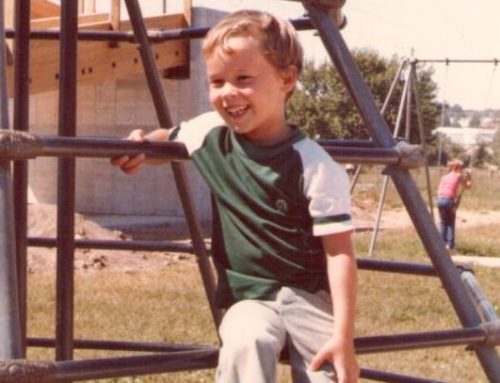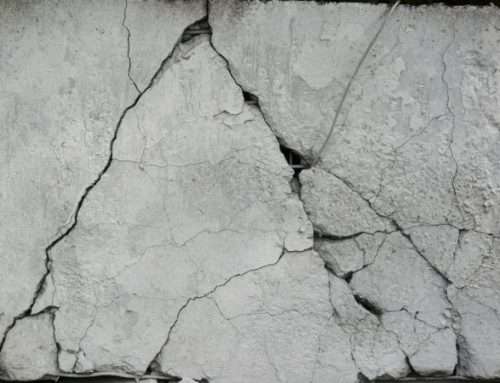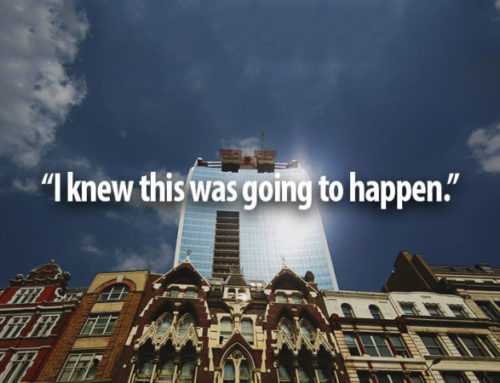The newspaper and other forms of media were very clear about Kit and his stories. His house was and is a treasure trove of history but, having worked side-by-side with him at his office I thought I would elaborate on a day in the life of Kit at work. Of course, he was sick recently so I am speaking in terms of a few years ago. Kit was always the second person to arrive at the office in the morning (Boomer was first) and he was usually the last person to leave. He loved his work so much that he would desperately lose track of time. There were many times that he and I would be at the office at 6:00 pm and he would ask me to go through a project cost sheet or talk him through the project I was putting together a bid on and finally at 6:30 I would say “Kit – I need to get home.” He would look at his watch, get a complete look of disbelief, and say “Lord! I was supposed to meet Marty an hour ago!” and he would be out the door in a flash.
Kit always loved bid day…this was the time dedicated to outsmarting the competition and, to him, this was war! One day he was telling me about a mom and pop sprinkler fitter company in downtown Springfield where, on bid day, the old man got the bid put together and his wife delivered the bid with not even a minute to spare (back when you had to deliver this stuff by hand). She returned after the bid opening to find her husband dead at his desk. Kit, telling me that story, said “I cannot think of a better way to die.” He loved the thrill of bid day.
There was not a building in Springfield that you could point to that Kit could not tell you something about its history. He would remember bidding it, who it was awarded to and by how much they beat him, he knew if that contractor made any money on the job and the year it was completed. If the building predated him, he still knew the information from his father.
Kit’s office was full of bookshelves and he could probably walk blindfolded to any of the bookshelves and find what he was looking for. I have copies of several structural design guides that he made for me – many of them were from the military. Most of them were older than I am and when I pointed that out or I said that I was not taught to do it that way in school, he would say something like “They haven’t changed the laws of physics have they? If it worked then, it will work now!” (You can imagine the possum grin on his face when he would say that.) During one of our ‘trips to the bookshelf’ he pulled out a reference book and two other documents fell out of the book shelf and onto the floor. One of the documents was an 8.5 x 11 sheet of paper that had a concrete mix design that used beach sand, coral, cement and salt water. (obviously from WWII when the Americans were chasing the Japanese back across the ocean and new runways were needed) and the second document, much older looking, had the word “classified” stamped on the exposed side in red ink. He unfolded it and it was an original map that showed two different landing zones that the Allies were considering for the “D-Day” invasion.
I could fill volumes with the stories I heard and the things he taught me. I attribute much of my success to my time spent as an engineering apprentice under his watchful eye. When I applied for my job there – straight out of school – he had narrowed it down to two people: me and some other person. I don’t know who that other person was but they missed a chance of a lifetime.
By Travis Miller






